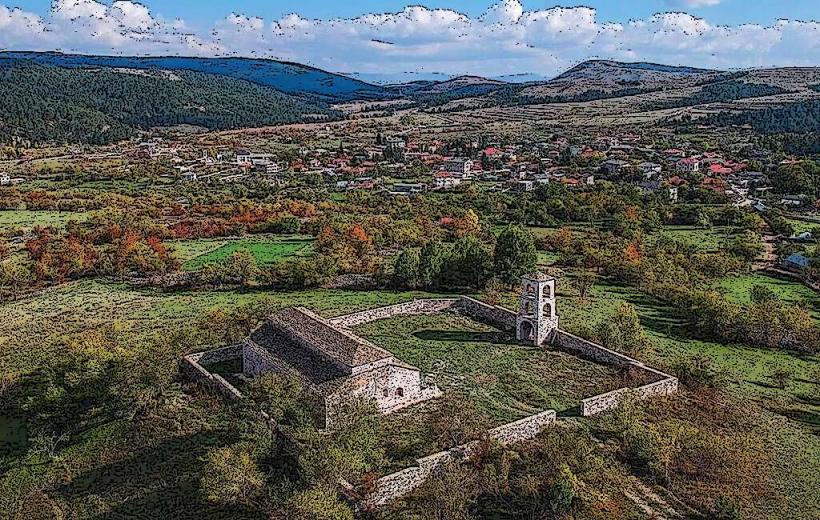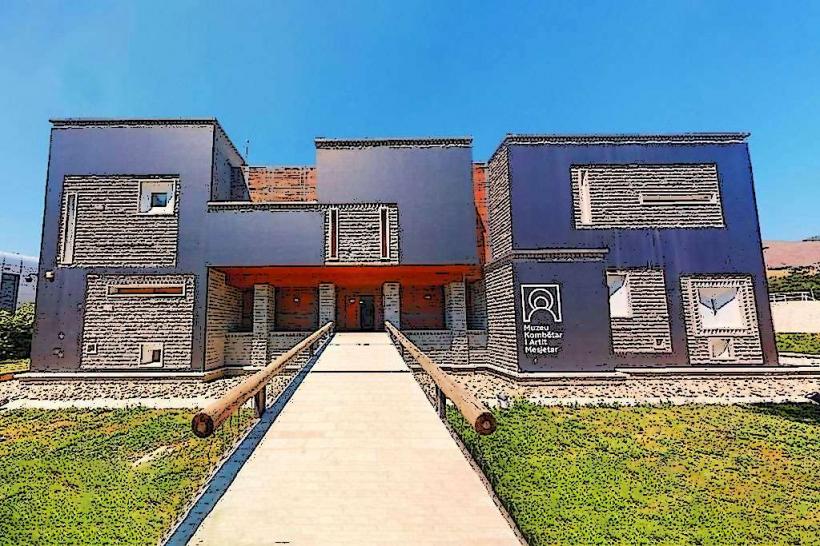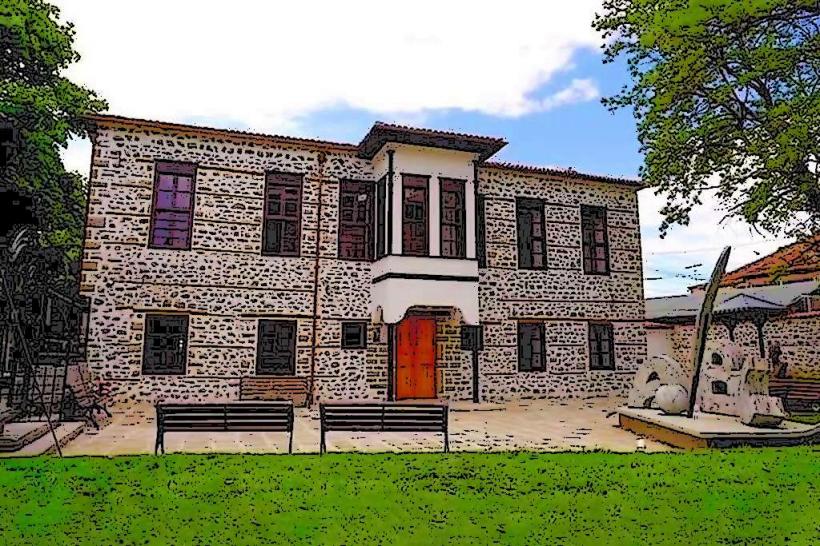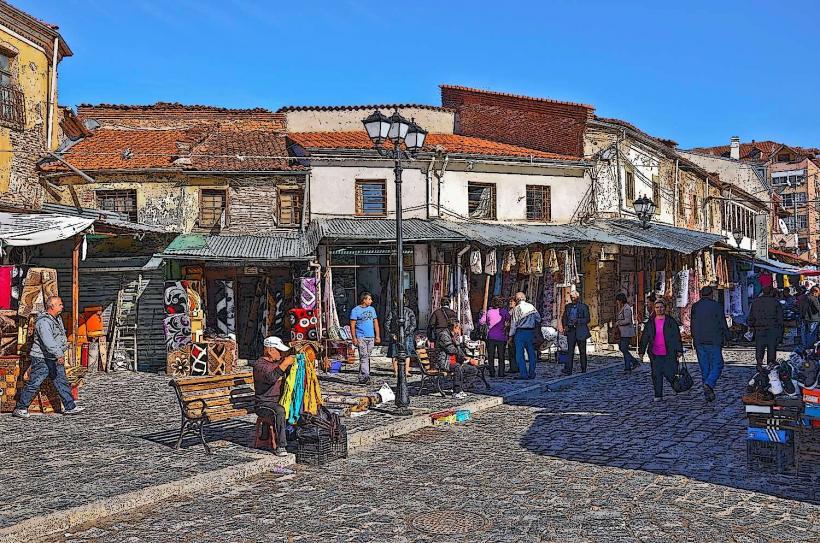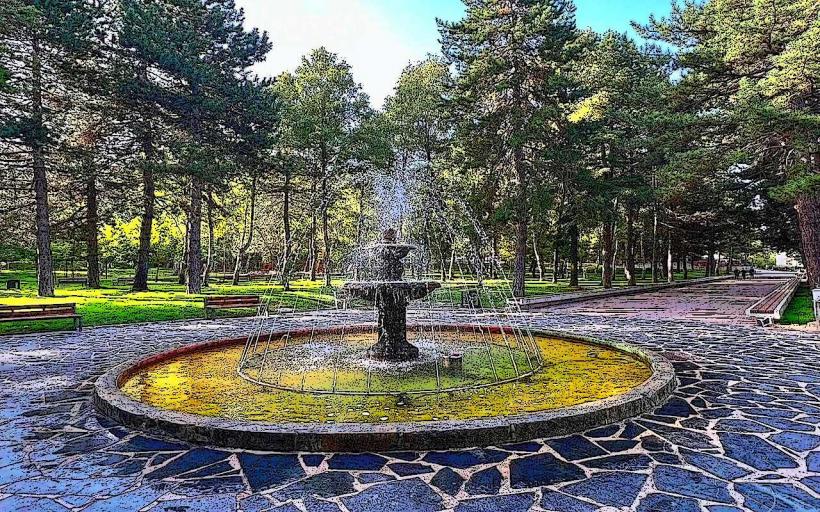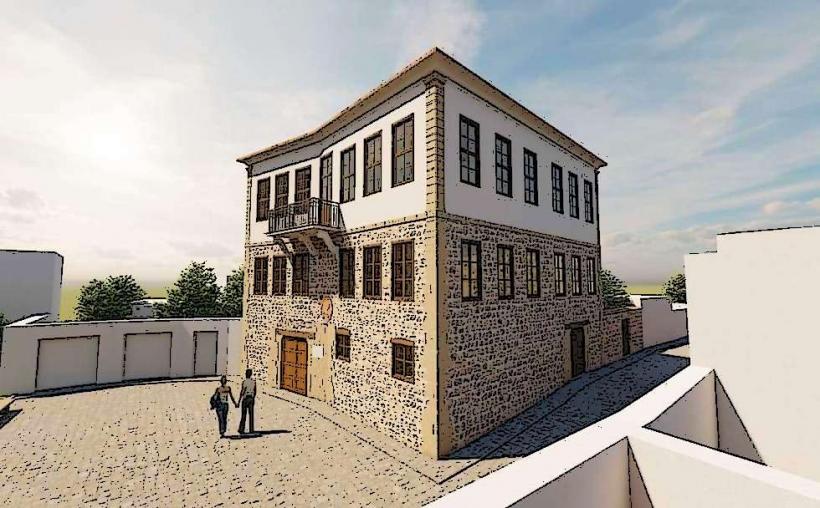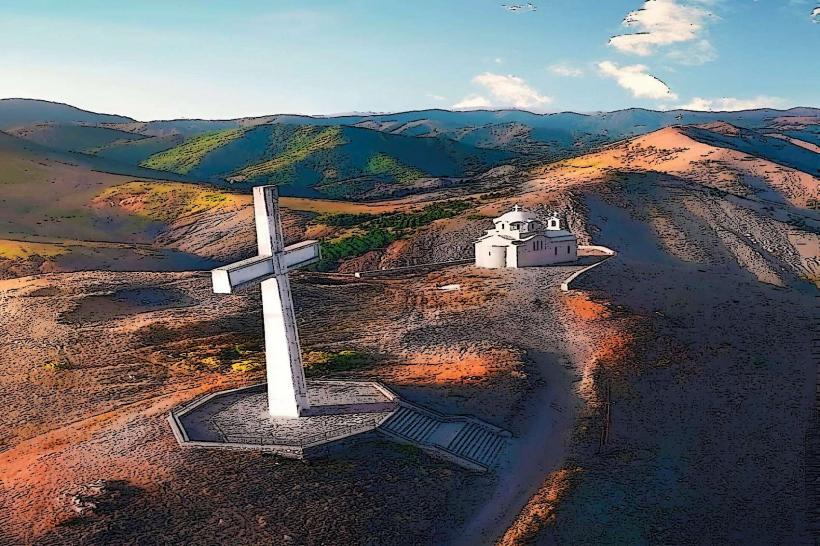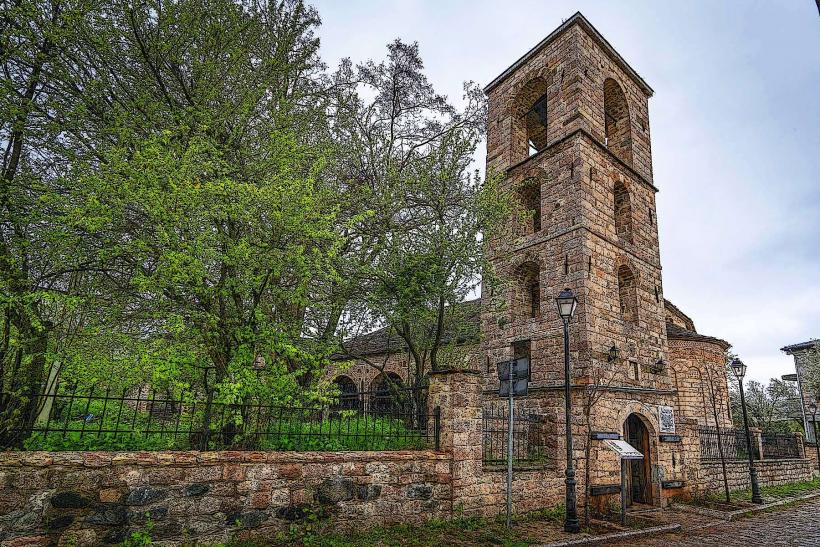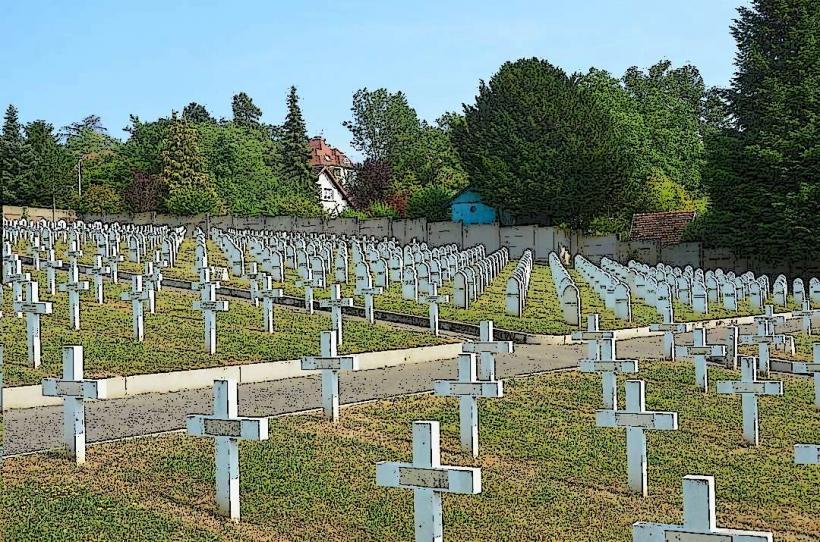Information
Landmark: Dardha VillageCity: Korce
Country: Albania
Continent: Europe
Dardha Village is a charming, picturesque village located in the Përmet District of southern Albania, nestled in the foothills of the Nemerçka Mountain range. Famous for its natural beauty, traditional architecture, and tranquil environment, Dardha has become an increasingly popular destination for travelers seeking to experience rural life, pristine landscapes, and Albanian mountain culture.
Geographical Location and Natural Beauty
Location: Dardha is situated in the Përmet region, about 30 kilometers from the town of Përmet and approximately 150 kilometers south of the capital, Tirana. The village is located at an altitude of around 1,200 meters above sea level, offering stunning views of the surrounding valleys and mountain peaks.
Scenic Views: The village is surrounded by the Nemerçka Mountains and lush forests, with views of the Vjosë River valley. The landscape is dominated by pine trees, oak forests, and meadows, making it a peaceful retreat for nature lovers. The picturesque scenery, combined with the charming stone houses, contributes to Dardha’s appeal as a destination for both relaxation and outdoor exploration.
Cultural and Historical Significance
Traditional Architecture: Dardha is known for its well-preserved traditional Albanian architecture. The village is dotted with stone houses and rooftops made from local materials, which have been passed down through generations. These traditional structures, often two or three stories high, give the village a historical feel while blending seamlessly with the natural surroundings. Many homes in the village are still used for farming and livestock, offering visitors a glimpse into the rural lifestyle of Albania.
Historical Heritage: Dardha’s history is deeply connected to the region's agricultural and pastoral traditions. The village was traditionally a center for shepherding and livestock farming, with locals raising cattle, sheep, and goats. The area has also seen influences from the various cultures and empires that have shaped Albania’s history, including the Ottoman Empire. While there are few major historical monuments in Dardha, the village's cultural heritage can be seen in the way of life and the traditional skills passed down through generations.
Cultural Festivals: Dardha hosts local cultural events and festivals, especially during the summer months, when the village sees an influx of tourists and former residents who return to the village. These festivals often feature traditional Albanian music, dancing, and local food, providing visitors with an authentic taste of the region’s culture.
Outdoor Activities and Attractions
Hiking and Trekking: The mountainous terrain surrounding Dardha is ideal for outdoor activities such as hiking and trekking. There are several trails that lead through forests, mountain peaks, and rivers, offering stunning panoramic views of the region. One of the most popular hikes is to the Nemerçka Mountains, where visitors can enjoy the pristine natural beauty of the area and see a variety of wildlife.
Vjosë River: The nearby Vjosë River, one of Europe’s last wild rivers, is an important feature of the region. The river is ideal for kayaking, fishing, and river walks, with its rugged banks offering picturesque views of the landscape. The Vjosë River has recently gained international attention due to its ecological importance, and the surrounding area is increasingly being protected to preserve its natural state.
Wildlife and Nature: Dardha and its surrounding area are home to a variety of wildlife species, including wild boar, foxes, deer, and many bird species. The forests around the village are rich in biodiversity, and those visiting can explore the unique ecosystems that make the area so special. The village is part of the larger Vjosë-Nart National Park initiative, aimed at preserving the biodiversity of the river and its surroundings.
Traditional Cuisine: Dardha is also known for its rich culinary traditions. The village offers visitors the chance to taste authentic Albanian food, including traditional soups, roasted meats, cheeses, and bakery goods made with locally sourced ingredients. Many guesthouses and restaurants serve homemade dishes that highlight the flavors of the region, and tourists can experience the village’s hospitality firsthand.
Accessibility and Best Time to Visit
How to Get There: Dardha is accessible by car from Përmet and Tirana, with a well-maintained road leading up to the village. The journey from Tirana takes about 3-4 hours, while the drive from Përmet takes about 30-40 minutes. Although the roads are relatively good, the higher altitudes and mountainous terrain may require vehicles with higher clearance or some driving experience on winding roads.
Best Time to Visit: The best time to visit Dardha is during the spring and summer months (from April to September), when the weather is mild, and the region is lush and green. This is also the time when the village hosts most of its cultural events and festivals. Autumn is also a beautiful time to visit, as the forests around the village change color, offering stunning views of the valley and mountains.
Conclusion
Dardha Village offers a unique blend of natural beauty, cultural heritage, and traditional Albanian hospitality, making it an excellent destination for those looking to explore rural Albania. Whether you’re interested in hiking in the mountains, enjoying the peace and tranquility of the village, or learning about Albanian traditions, Dardha has something to offer for every traveler. Its natural surroundings, combined with its cultural richness, make Dardha a perfect place to escape the hustle and bustle of city life and experience the best of southern Albania.

